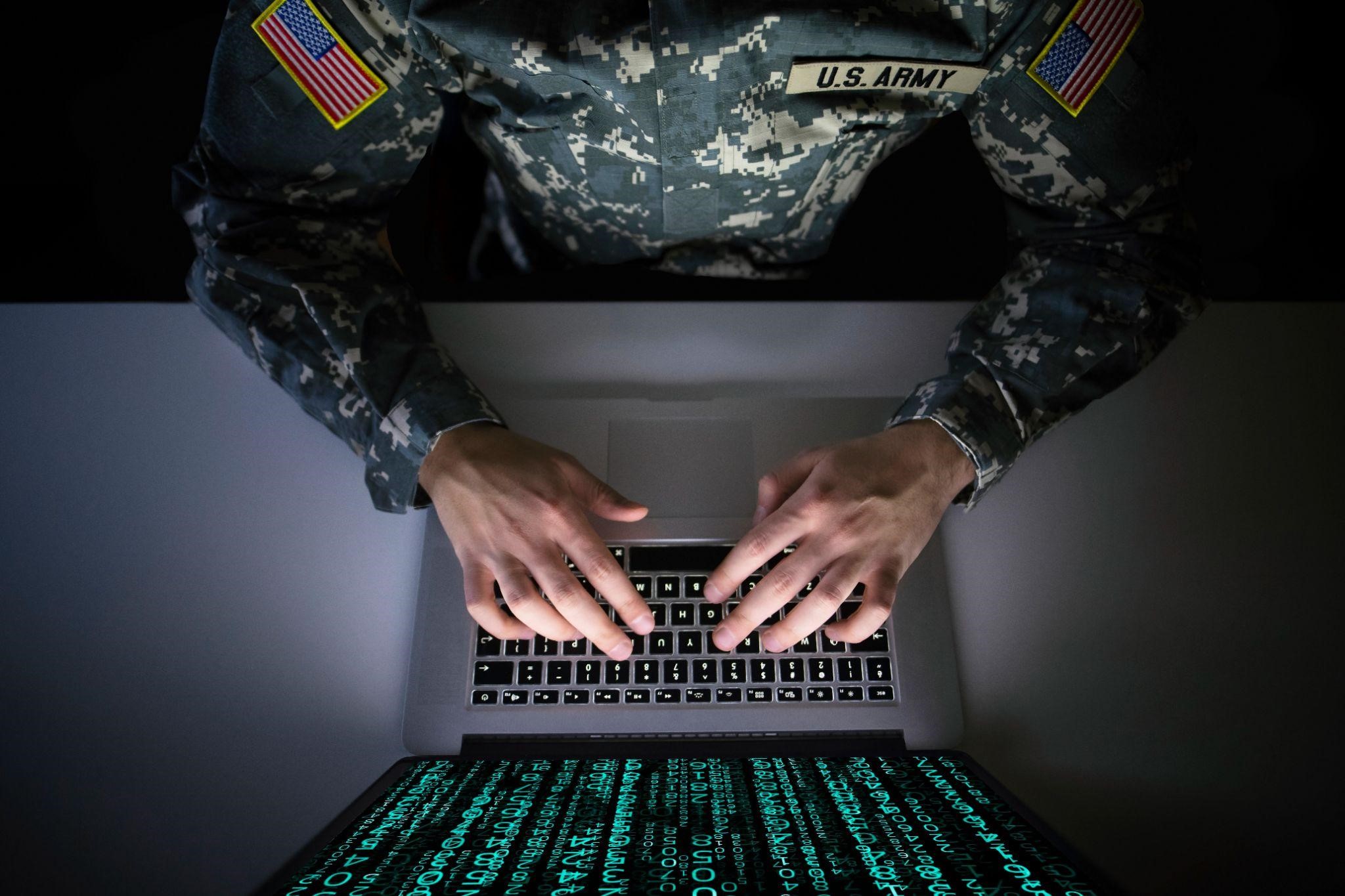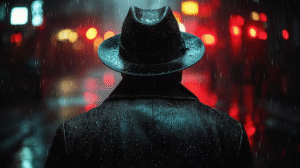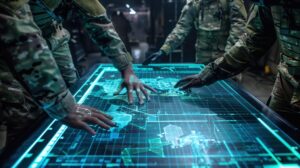The Cold War may have ended decades ago, but the shadowy world of espionage it created still lingers in our collective memory.
Covert operations, coded communications, and psychological warfare weren’t just the stuff of spy novels; they were real tactics used to protect nations, manipulate enemies, and gather intelligence.
Today, many of these Cold War espionage tactics still shape modern intelligence work and continue to inspire writers, filmmakers, and readers like you.
The Invisible Battlefield of the Cold War
Unlike traditional wars fought with tanks and armies, the Cold War was a silent battlefield. Its weapons were information, manipulation, and secrecy.
Every move was calculated, and every conversation could hide a deeper meaning. Espionage became the front line, and operatives were the soldiers, operating without uniforms, moving in plain sight, and always aware that one wrong step could end their mission.
Classic Espionage Tactics That Changed the Game
1. Dead Drops and Clandestine Exchanges
One of the most iconic methods was the “dead drop,” a secret location where operatives would leave or collect items without meeting face-to-face. From hollowed-out trees to public park benches, these drops allowed agents to exchange microfilm, coded notes, or currency without raising suspicion.
2. Coded Messages and Cryptography
Cipher machines like the Soviet Fialka or codebooks hidden in innocuous objects ensured sensitive information stayed unreadable to outsiders. These encryption techniques have evolved into the cybersecurity protocols we use today.
3. Double Agents and Moles
The most psychologically intense tactic was turning an enemy operative into an asset or discovering that someone trusted had been feeding information to the other side all along. The fear of betrayal was constant, and trust was a rare commodity.
4. Disinformation Campaigns
Propaganda wasn’t just for public consumption; it was a strategic weapon. Planting false information could lead enemies down the wrong path, waste their resources, or even create political instability.
Why These Tactics Still Resonate Today
Many of the methods developed during the Cold War remain in use, albeit in updated forms. Dead drops have gone digital through secure data transfers, and disinformation campaigns have moved to social media.
Even in our high-tech world, the human element, loyalty, deception, and psychological pressure still play a vital role in intelligence operations.
The enduring fascination with these tactics comes from their mix of ingenuity and danger. They remind you that power doesn’t always come from brute force, it often comes from knowing more than your opponent.
Cold War Fiction Meets Reality: Code Name Boulder Creek
Peter S. Eisenhut’s Code Name Boulder Creek captures the essence of Cold War espionage while weaving an unforgettable fictional narrative.
Following CIA agent Jon Wilson and IBM auditor Peter Troutman, the novel plunges you into a tense web of covert missions, high-stakes technology sabotage, and moral dilemmas.
While the story is fictional, its portrayal of spycraft draws from real Cold War espionage tactics, offering an authentic and gripping reading experience.
The Legacy of Espionage
The tactics born during the Cold War taught the world that information is as powerful as weaponry. They changed the way wars are fought, reshaped diplomacy, and even influenced the way we consume news and entertainment.
For history enthusiasts, these strategies are a window into a time when the entire world was a chessboard, and every move could tip the balance of power.

Step Into the Shadows
Suppose you’re fascinated by the blend of historical truth and thrilling fiction. In that case, Code Name Boulder Creek will take you deep into the heart of espionage during one of history’s most dangerous eras.
Visit Peter S. Eisenhut’s official website to explore the novel, discover behind-the-scenes insights, and immerse yourself in the world of spies, secrets, and survival.




